NCDA&CS COVID-19 Dairy Aid Program
The North Carolina Department of Agriculture and Consumer Services (NCDA&CS) is pleased to announce the availability of funding for …



El inglés es el idioma de control de esta página. En la medida en que haya algún conflicto entre la traducción al inglés y la traducción, el inglés prevalece.
Al hacer clic en el enlace de traducción se activa un servicio de traducción gratuito para convertir la página al español. Al igual que con cualquier traducción por Internet, la conversión no es sensible al contexto y puede que no traduzca el texto en su significado original. NC State Extension no garantiza la exactitud del texto traducido. Por favor, tenga en cuenta que algunas aplicaciones y/o servicios pueden no funcionar como se espera cuando se traducen.
Inglês é o idioma de controle desta página. Na medida que haja algum conflito entre o texto original em Inglês e a tradução, o Inglês prevalece.
Ao clicar no link de tradução, um serviço gratuito de tradução será ativado para converter a página para o Português. Como em qualquer tradução pela internet, a conversão não é sensivel ao contexto e pode não ocorrer a tradução para o significado orginal. O serviço de Extensão da Carolina do Norte (NC State Extension) não garante a exatidão do texto traduzido. Por favor, observe que algumas funções ou serviços podem não funcionar como esperado após a tradução.
English is the controlling language of this page. To the extent there is any conflict between the English text and the translation, English controls.
Clicking on the translation link activates a free translation service to convert the page to Spanish. As with any Internet translation, the conversion is not context-sensitive and may not translate the text to its original meaning. NC State Extension does not guarantee the accuracy of the translated text. Please note that some applications and/or services may not function as expected when translated.
Collapse ▲The North Carolina Department of Agriculture and Consumer Services (NCDA&CS) is pleased to announce the availability of funding for …
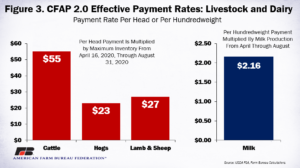
American Farm Bureau Federation released an article breaking down the sections of CFAP 2.0. Relevant livestock and dairy info …
Today, USDA announced CFAP 2. Dairy operations applying for CFAP 2 must be in the business of producing and …

2021 Classroom Meetings Schedule February 2nd, 16th March 2nd, 16th April 6th, 20th May 4th, 18th Classroom business planning sessions are Tuesdays on the …
The Pennsylvania Center for Dairy Excellence’s 11th annual Dairy Financial and Risk Management Conference, titled “Navigating the Numbers,” will …
As a reminder, the deadline for participating in the Coronavirus Financial Assistance Program (CFAP) through the USDA Farm Service …
Cornell’s Pro Dairy Program and the Northeast Dairy Producers Association offered a 6-part series of webinars in June and …
Negative producer price differentials (PPDs), depooling, reblending – All things that dairy farmers will feel in their next few …
Dairy farm families and dairy consultants are invited to a three-part webinar series in July offered through the PA …
Paul Neiffer with the firm, CliftonLarsonAllen, posted an article to AgWeb today that focused on forginess options for PPP …
Matt Lange with Compeer Financial was the featured guest speaker in the last of the series partnership between NC …

Are you interested in having a backyard dairy cow? Maybe you already have one but find yourself with more …
The Small Business Administration has released the PPP Loan Forgiveness Application, which provides more specific guidance on those funds …
The third installment of the “Protecting Your Profits Guest Speaker Series,” which is made possible by a partnership between the …
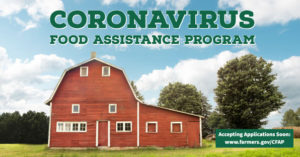
On Thursday, May 21, USDA completed its training for FSA offices across the country on the direct payments portion …
A team of researchers have developed a set of surveys to better understand the impact of COVID-19 and the …
Details have been published about the direct payments associated with the Coronavirus Food Assistance Program (CFAP) through USDA. A …

The U.S. Department of Agriculture (USDA) Agricultural Marketing Service (AMS) and Farm Service Agency (FSA) will host a webinar …
Many of our dairy youth activities were canceled this spring because of issues related to Coronavirus and COVID-19. But, …

The third installment of the “Protecting Your Profits Guest Speaker Series,” which is made possible by a partnership between the …
This publication covers the basics of leasing land for farming operations, from both a landowner …
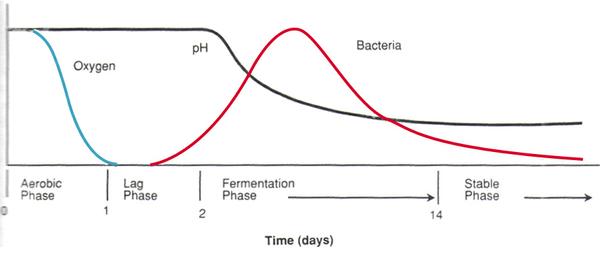
This publication provides information on two forage conservation techniques to help producers select a technique …
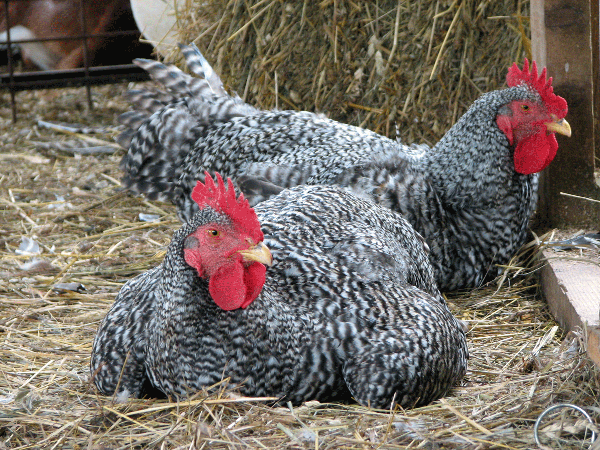
A guide for urban residents who want to raise backyard chickens. Includes information about breed …
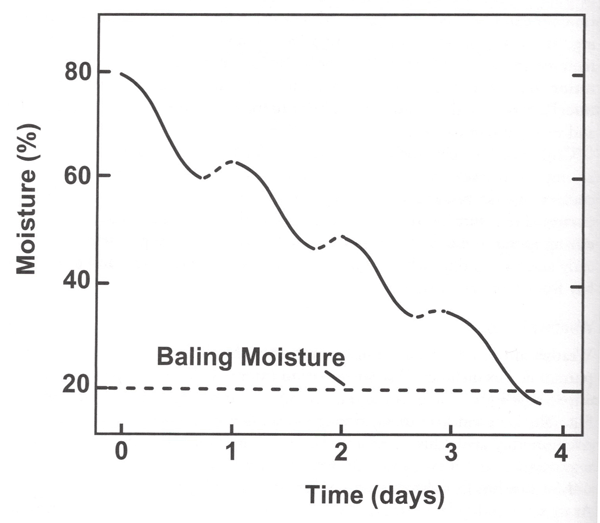
This publication addresses aspects of hay production as a method of conserving forage crops.

Cool-season annual forages like wheat, oats, and ryegrass can be used to feed livestock in …
This publication addresses nutrient management concerns as they relate to land application of animal wastes, …
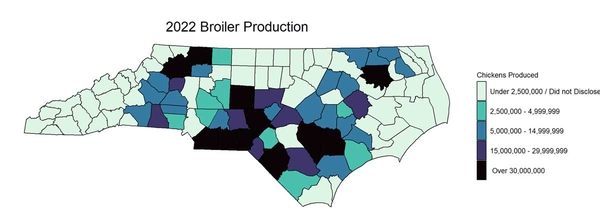
This publication discusses how excess zinc and copper from animal manure can lead to soil …

This publication discusses methods to measure the amount of grass available for grazing to help …